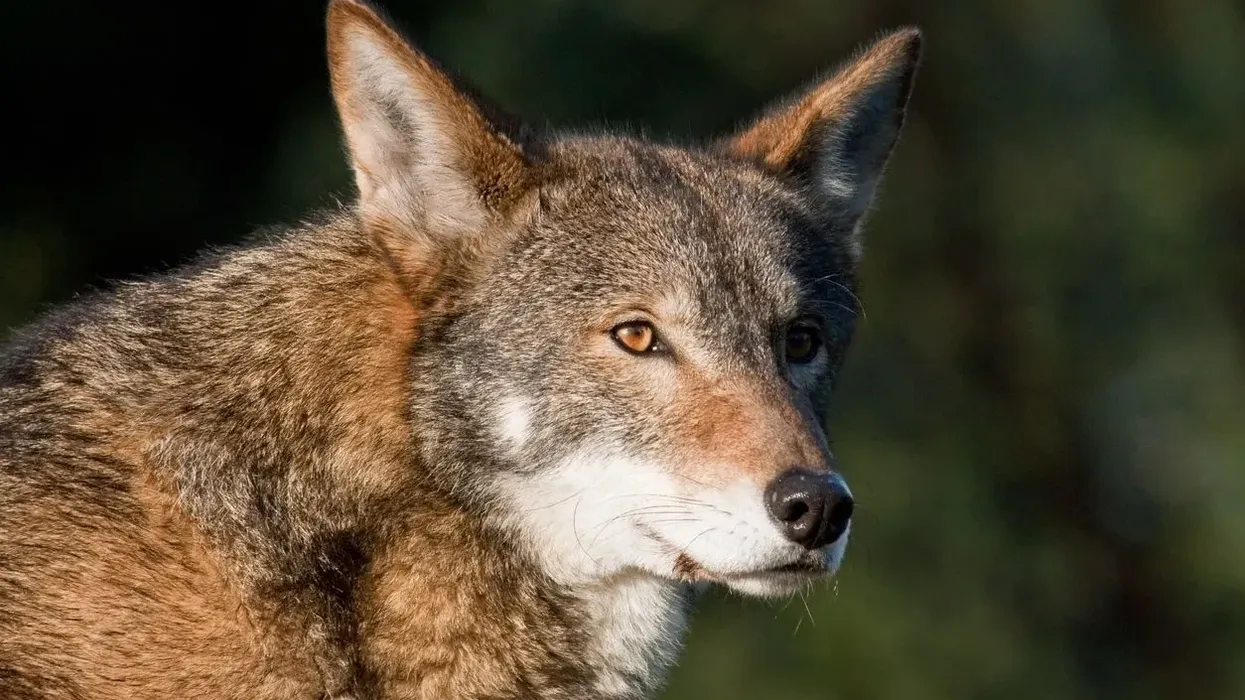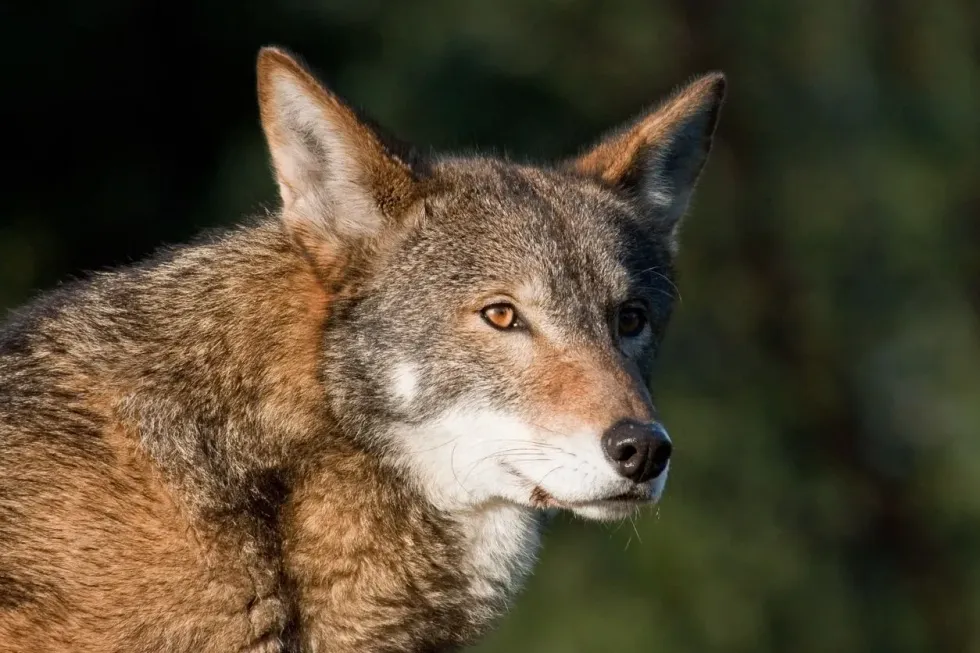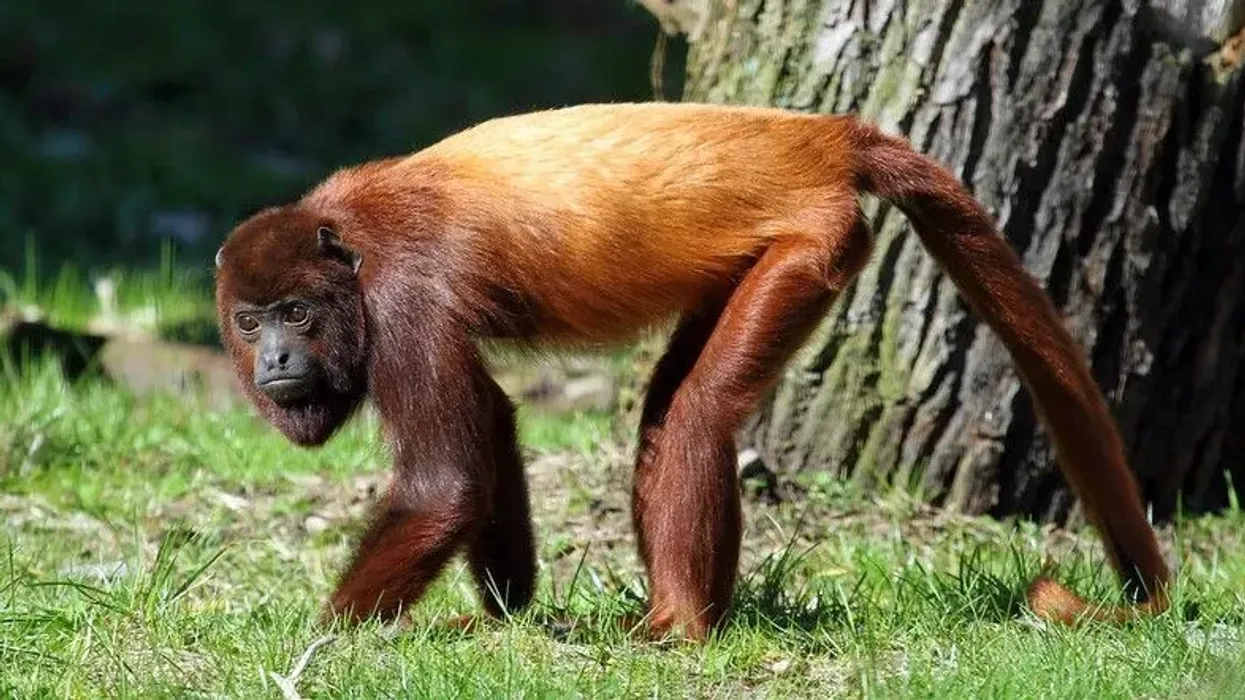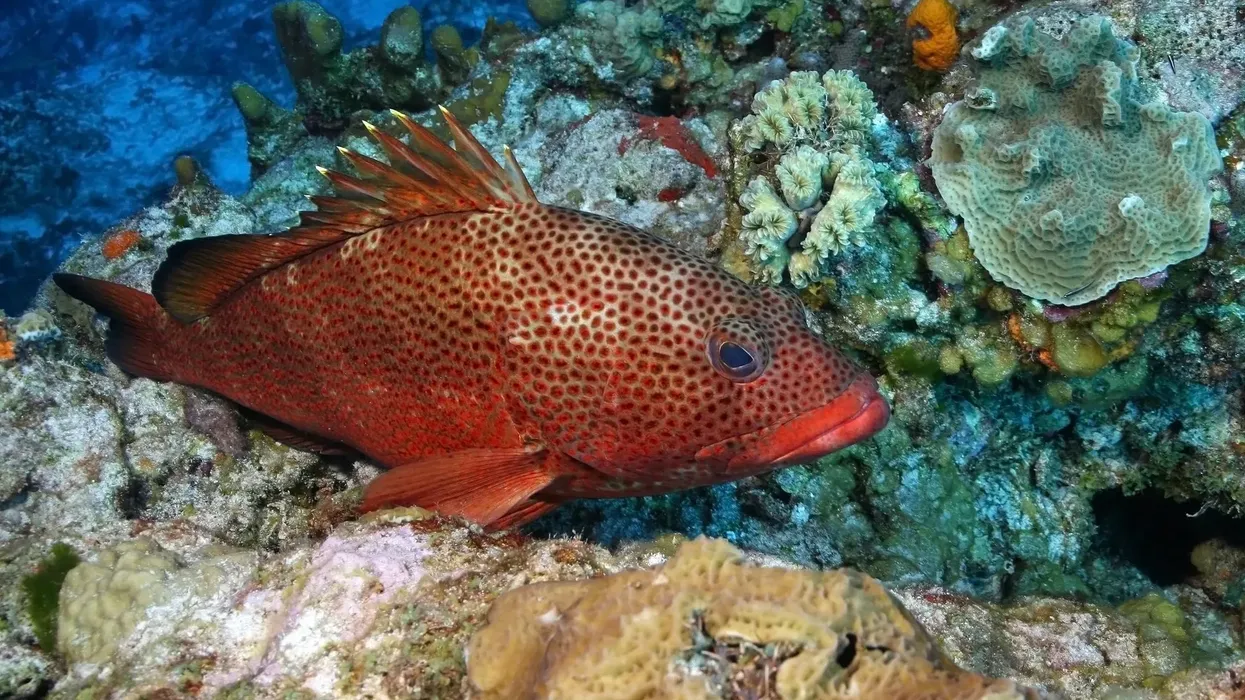If you are looking for facts on wolves, these Red Wolf facts will enlighten you in every possible way. These critically endangered animals are now mostly found in Red Wolf Recovery Centers in North Carolina.
Red wolves are considered to be a recent hybrid of coyotes and gray wolves. Several Red Wolf recovery programs and wildlife resources have been made in recent years to conserve these animals, especially in North Carolina.
Red wolves in general may come under the category of fearsome wolves but they are not that dangerous. There are very few records of red wolves attacking human beings.
Such isolated records show that red wolves are not really that dangerous to humans. However, that does not mean, that they have to be kept as pets.
If you want to know more about this endangered species, you can go through these facts.
If you want to know more about other animals, you can try looking at the Eurasian wolf and German Shepherd Wolf mix.
Red Wolf Interesting Facts
What type of animal is a Red Wolf?
Red Wolf is a type of wolf which hunts small rodents and rabbits. This canine native is of an intermediate size between the coyotes and grey wolves.
What class of animal does a Red Wolf belong to?
Red Wolf belongs to the class Mammalia.
How many Red Wolves are there in the world?
The population of Red Wolves increased significantly in North Carolina in 2006 at around 130, but now it has declined since then to between 25 and 35 of them. There are only 40 remaining red wolves in the world.
Where does a Red Wolf live?
A Red Wolf lives in the woods, swamps, marshy lands, evergreen shrubs, and coastal prairies. They can live and flourish in a large variety of different habitats.
What is a Red Wolf's habitat?
Previously a wild red wolf was found in the region from southeastern Texas to central Pennsylvania. They were originally found extensively in the southeastern United States, starting from the Atlantic and Gulf Coasts to the Ohio River Valley and southeastern Missouri.
However, in the mid-20th century, the wolves were officially declared extinct in the wild since they were erased out of their natural habitats because of human beings. In recent years, red wolf populations are now booming in several National parks.
Who do Red Wolves live with?
The red wolves move in close-knit packs of five to eight. The pack is also grouped with the breeding pair and their progenies from different years.
Their offspring help the breeding couple in bringing up their younger siblings over the years. Red wolves are very territorial and under certain circumstances, they will not hesitate in fighting other wolves if deemed necessary.
How long does a Red Wolf live?
Red wolves usually live five-six years in the wild. However, in captivity, they tend to live much longer and can live up to 14 years of age.
How do they reproduce?
Red Wolves are monogamous creatures who mate for life. The wolves mate only once a year in the month of January to March.
6-7 pups are born in each cycle of reproduction in the span of nine weeks, around the month of April and May. It takes ten days for newly born wolf pups to open their eyes and they are kept under parental supervision till they mature. By six weeks the pups distance themselves from the den.
In-breeding among first-degree relatives is a rare phenomenon among this species. Each young wolf becomes fully grown in a year's time and they reach sexual maturity two years later.
What is their conservation status?
The Red Wolves are a critically endangered species and are the world's most endangered member of the dog family. Over 30 facilities take part in the red wolf Species Survival Plan and oversee the breeding and reintroduction of over 150 wolves.
U.S Fish & Wildlife Service captured around 14 wild red wolves remaining. The wild red wolves became the ancestors of 75 to 100 animals present in North Carolina. They were the first animals successfully reintroduced, though they had been unfortunately been declared extinct in the wild.
Red Wolf Fun facts
What do Red Wolves look like?

Red wolves are lanky, with bushy tails and a black tip on that. Their coats are usually brownish in color, and the posterior portion of their bodies has a hint of black. In certain cases, there can be a reddish tinge present in the fur on the muzzle, back of the legs, and behind the ears.
The carnivorous mammal has a creamy belly. It has long ears and long legs with big feet. A red wolf looks similar to a German Shepherd dog.
How cute are they?
The red wolves look as cute as any domestic German Shepherd dog. These furry babies have reddish-brown hair coats and bushy tails.
How do they communicate?
Red wolves communicate via their body movements, marking scents and making different voices which include howls, growls, and barking. The red wolf’s howl is quite similar to that of a coyote’s. It is differentiated because of its lower pitch and longer span of time.
How big is a Red Wolf?
The red wolf looks somewhat similar to both the coyote and the gray wolf. It is also of a size that is in between a coyote and the gray wolf.
Unlike its cousin, the red wolf is more slender than gray wolves, and it is larger when you measure it against a coyote. A male red wolf weighs around 40-80 lb (23-39 kg) and is 4.5-5.5 ft (1.36-1.60 m) in length, and its height is 15-16 in (0.66 m).
How fast can a Red Wolf run?
Wolves tend to trot at 5 mph. When they run, they can speed up to 36 to 38 mph (57.93-61.15 km/h). These speed-ups are done for short bursts while the wolf is chasing prey. However, wolves are capable of maintaining pursuits for longer periods, even on rough terrains.
How much does a Red Wolf weigh?
Adult female Red Wolves weigh around 52 lb (23.58 kg) and adult males average 61 lb (27.66 kg).
What are their male and female names of the species?
Male red wolves are commonly called dogs whereas female red wolves are called bitches.
What would you call a baby Red Wolf?
A baby red wolf is called a pup.
What do they eat?
Red wolves generally hunt small mammals, such as rabbits and rodents. At times it is been observed that this endangered species eats berries and insects. In the restored population currently existing in Eastern North Carolina, United States, however, red wolves tend to hunt white-tailed deer, nutria and raccoons.
Are they slobbery?
Red wolves and other wild canine animals aren't usually slobbery. Dogs that have wolf-shaped faces don't usually drool either.
Would they make a good pet?
Red Wolves should not be kept as pets. They can be sociable if they are hand-raised from a very young age, but although on various occasions they behave tamed and friendly to humans, they are not supposed to be domesticated.
Domesticated animals like dogs and horses should never be confused with a red wolf's characteristics since the former have lived with humans for centuries and have adapted to being companions to humans and also the domesticated lifestyle. Wolves are dominant creatures and they cannot be domesticated by humans in the way a dog can.
In most states, it is illegal to own a wolf without obtaining a special permit.
On top of everything, a wolf can be dangerous to humans too. However, there are very few, almost negligible, cases of red wolves attacking humans.
Did you know...
Red Wolves are shyer than other variants of wolves like gray wolves and coyotes. They prefer hunting in smaller packs which include the alpha male and female and their offspring.
In eastern North Carolina, private lands provide around 35% of the available habitat in the Red Wolf Recovery Program, yet they managed to sustain over 65% of the total red wolf population.
It is illegal to kill red wolves, though gunshot wounds have been the leading cause of their death even today.
Red wolves always walk on tiptoes - that is making ground contact with their toes while keeping their heels elevated. The elbows are turned inwards and they are always prepared for a run. They have a sleek look to themselves.
By allowing the red wolves to hunt in their agricultural lands, the farmers have seen a significant decline in pests such as raccoons, rodents, and other small mammals.
Coyote VS Wolf
Though serious attempts have been made in the red wolf recovery by rescuing the wild population, there still remain numerous threats to the species and conserving the red wolf population in the long term. Both are different species, but constant interaction between the two can result in hybridization which may result in lowering of red wolf population.
Red wolves have similar colors are coyotes: brown, reddish-brown, buff, gray, tan and other such combinations. Adult red wolves are heavier and larger than coyotes, but in the breeding season, their pups may have the same size as that of a coyote.
Red wolves are considered a critically endangered species with only about 35 individuals existing in the wild in the world, whereas Coyotes are now very common in the wild.
Red wolves' howls are similar to Coyotes but they tend to last for a longer duration and are of a lower pitch.
The History Of The Red Wolf
The wild populations of Red wolves were present in the southeastern and south-central United States. The red wolf species became nearly extinct by the mid-1900s due to aggressive predator-control programs, hybridization with the coyotes and destruction of their habitat.
By the late '60s, the wild population started growing a little in the Gulf Coast of western Louisiana and around eastern Texas.
Only fourteen of these survivors were selected to be the founders of a captive population, between the years 1974 and 1980. The wolves were successfully relocated to Bulls Island off the coast of South Carolina in 1978.
The red wolf was found extinct in the wild in 1980.
In 1987, the captive animals were released in North Carolina.
Out of the total 63 red wolves released between 1987 and 1994, the endangered species population grew and became around 100–120 of them in 2012, but due to the lack of regulation enforcement by the wolf conservation and the lack of their habitat loss, the population has come down to 40 individuals in 2018 and about 14 in 2019.
Here at Kidadl, we have carefully created lots of interesting family-friendly animal facts for everyone to discover! Learn more about some other mammals including the Mexican wolf, or the Saarloos Wolfdog.
You can even occupy yourself at home by drawing one on our red wolf coloring pages.









